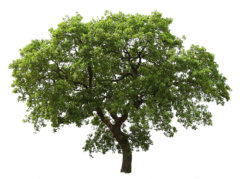By: Robin Smith, Yuwen Wang

Wildlife corridors are not “narrow” box like pathways. Rather, they are wide, varied natural vegetation “island” habitats that support wildlife, allowing them to feed, find shelter and a mate in order to survive and thrive. When natural landscapes are “permeable” they are high functioning, providing full sustainability of species.
The Puente-Chino Hills biological corridor stretches nearly 31 miles from
the Santa Ana Mountains to the Whittier Hills. Public interest in conserving open space has created a series of reserves and parks along most of the corridor’s length, but significant gaps in protection remain. The map below outlines the unprotected land needed for the complete corridor, also known as the “missing middle”, in blue.

